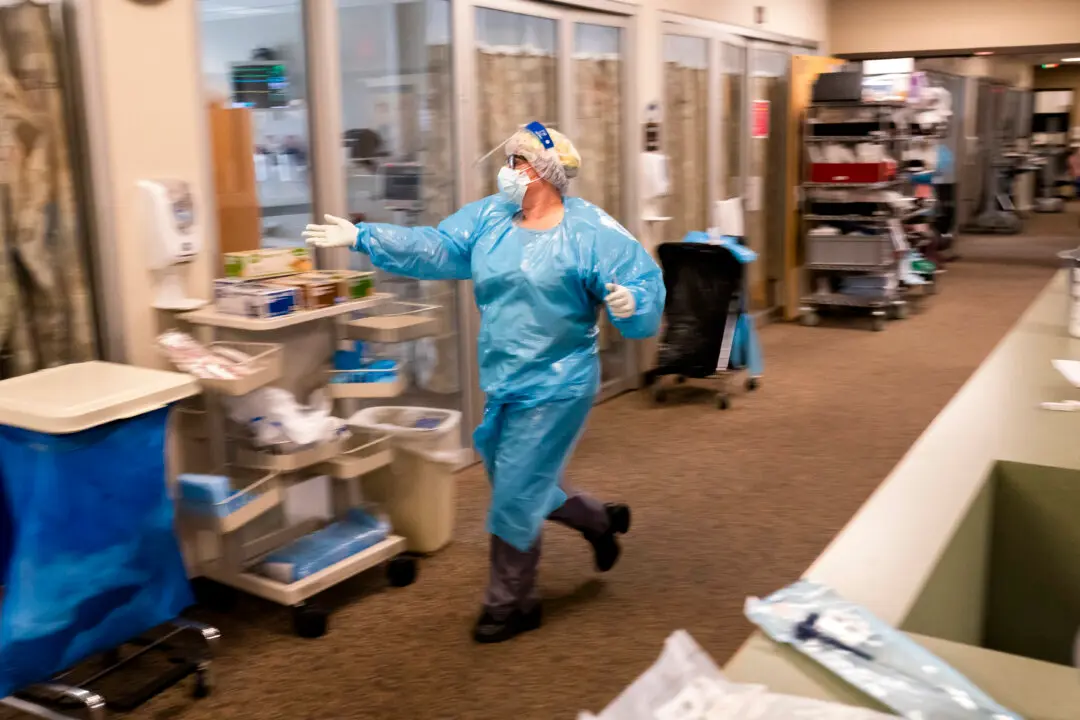March 2017 marks the 100th anniversary of the start of the Russian Revolution, which led to the eventual rise of communist rule in Russia. But just a few years after the Bolshevik Revolution, an ignoble footnote in history emerged.
A few years after the Soviet Union became the world’s first communist state in the 1920s, a little-known but devastating famine ravaged the Russian countryside. The Povolzhye famine started in 1921 and ran until 1922, leaving millions dead and even more affected.





